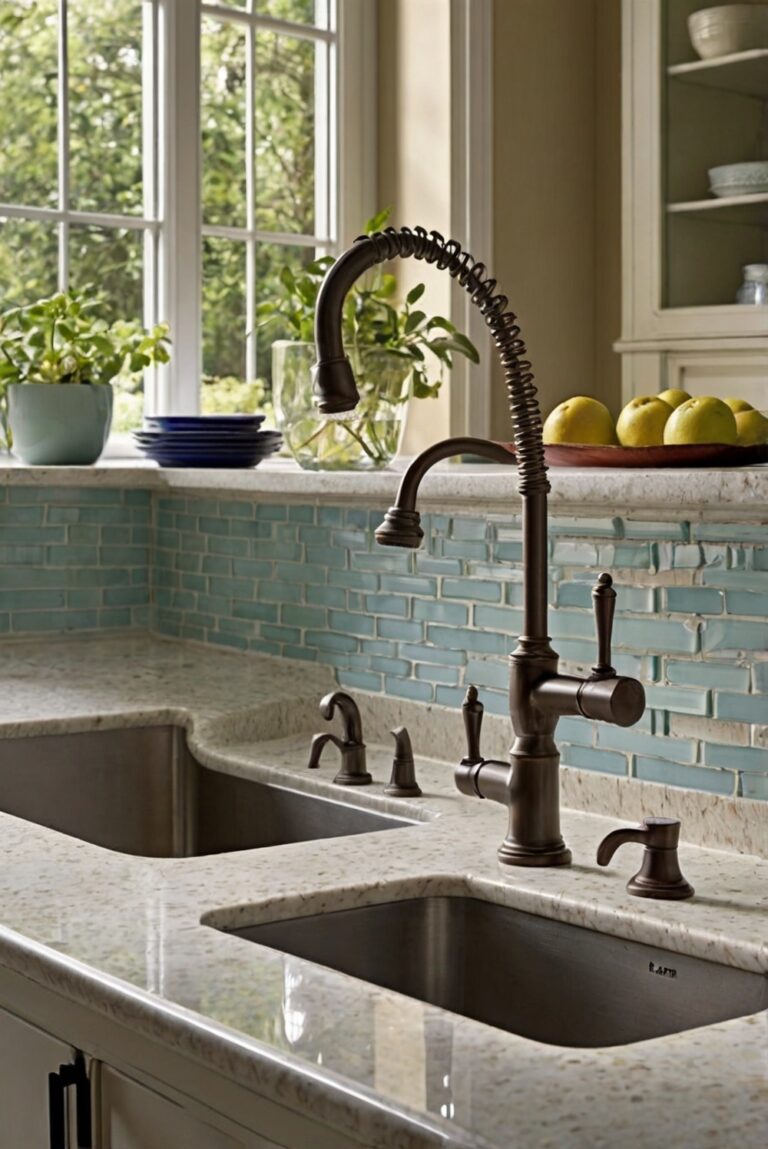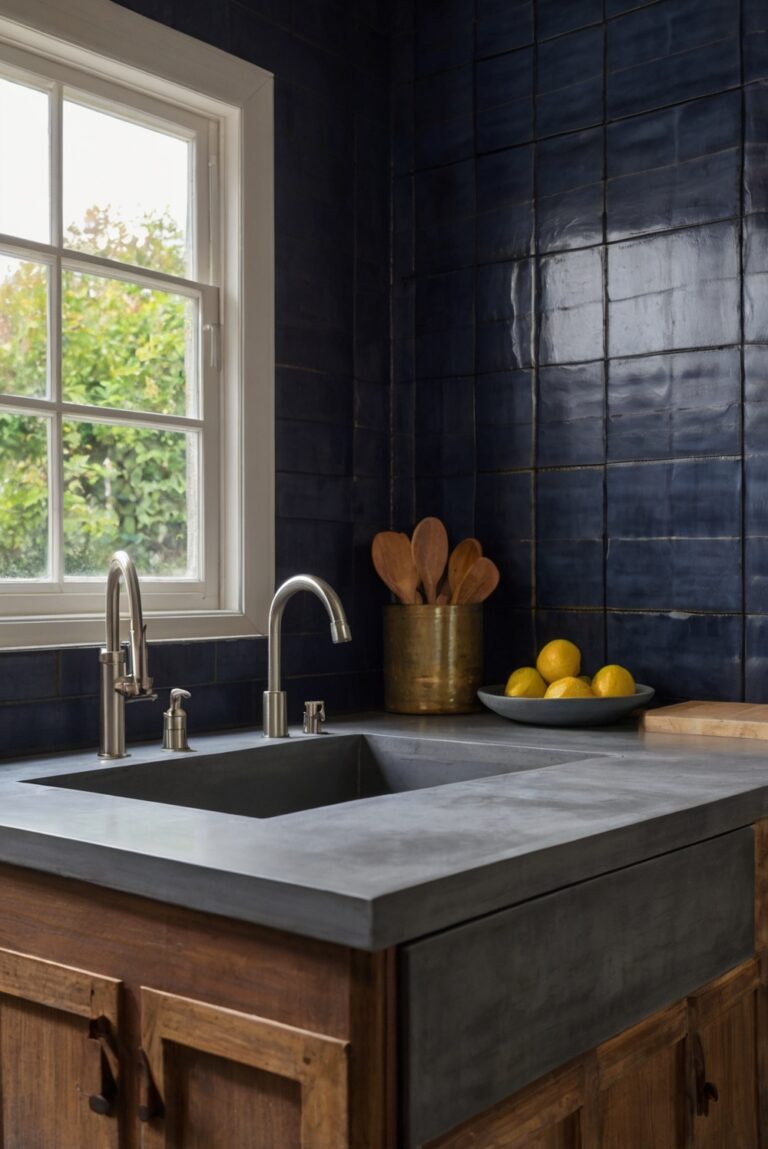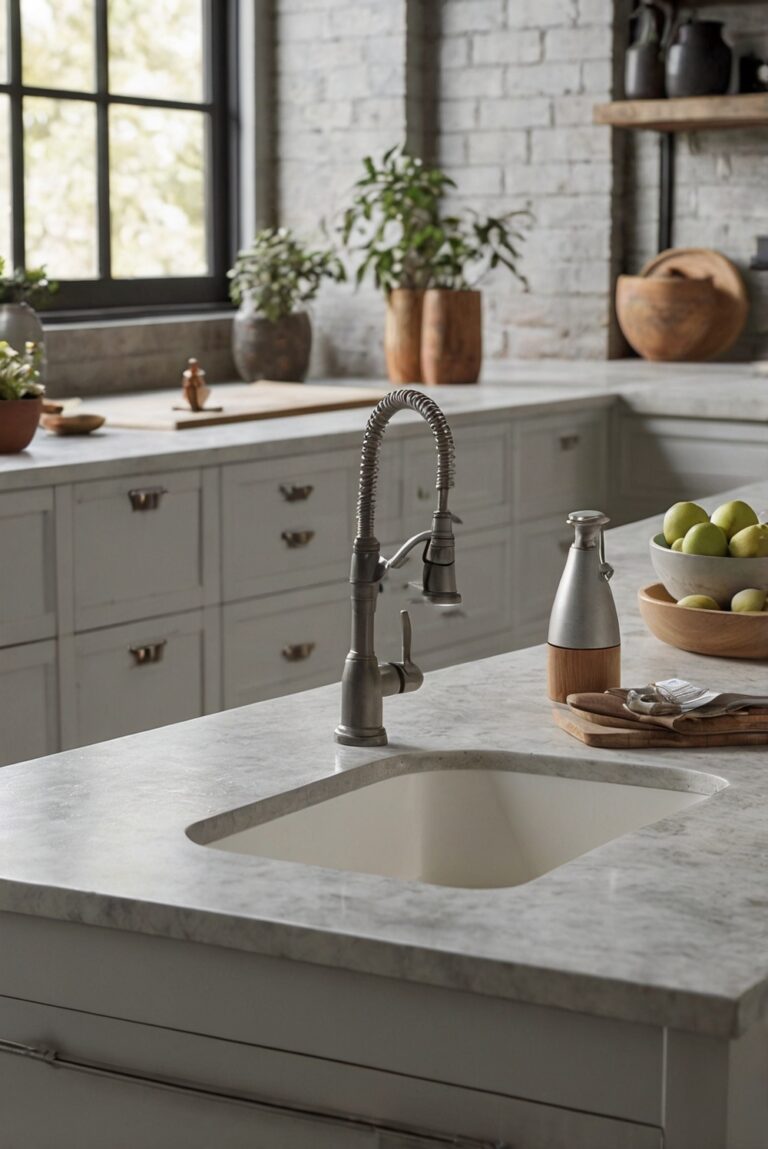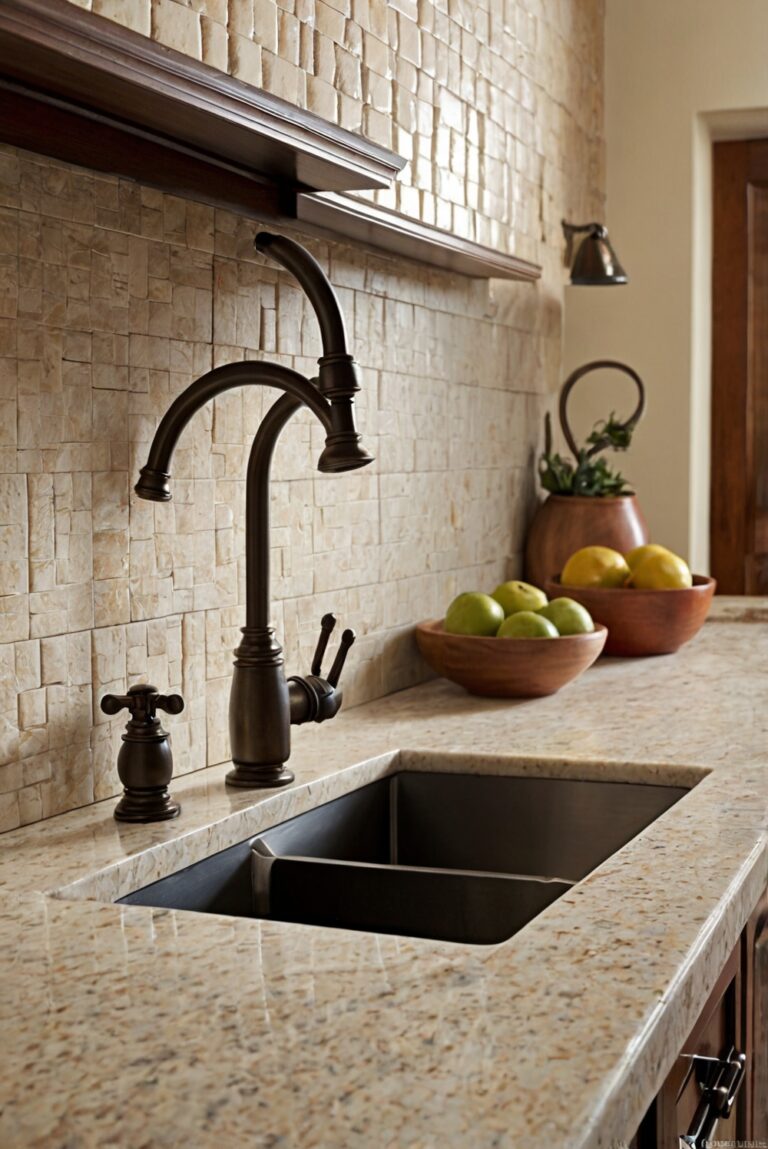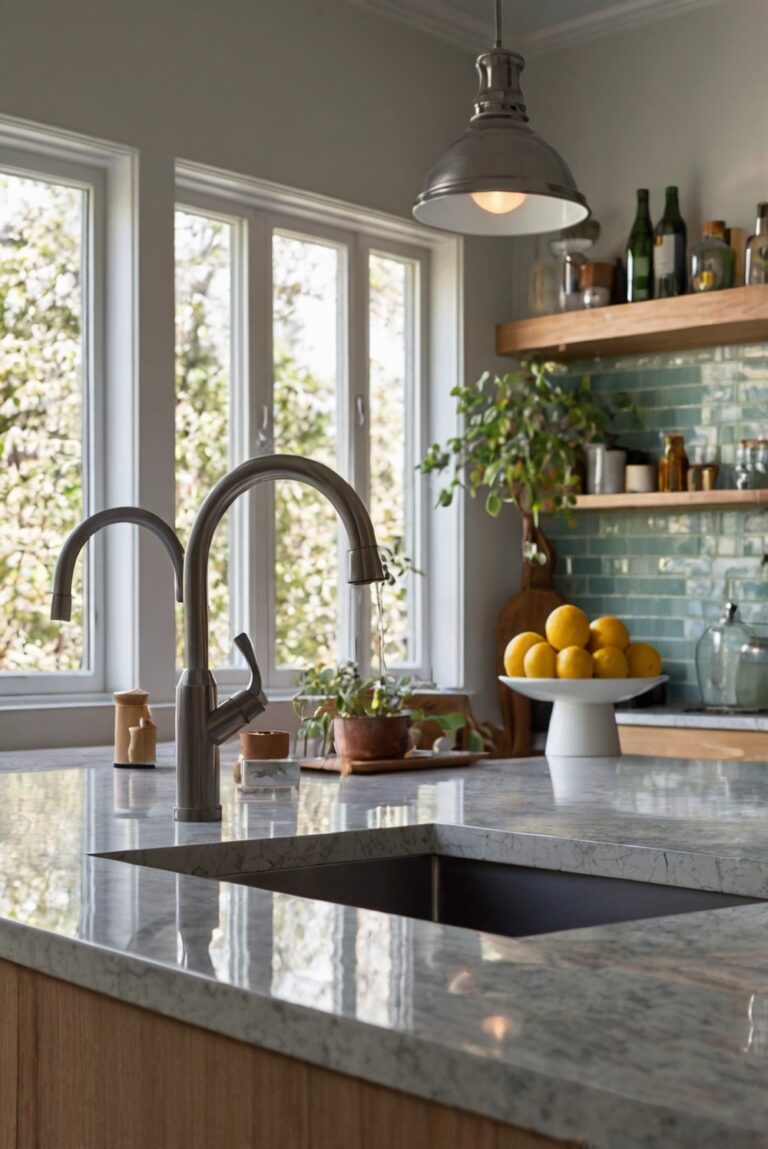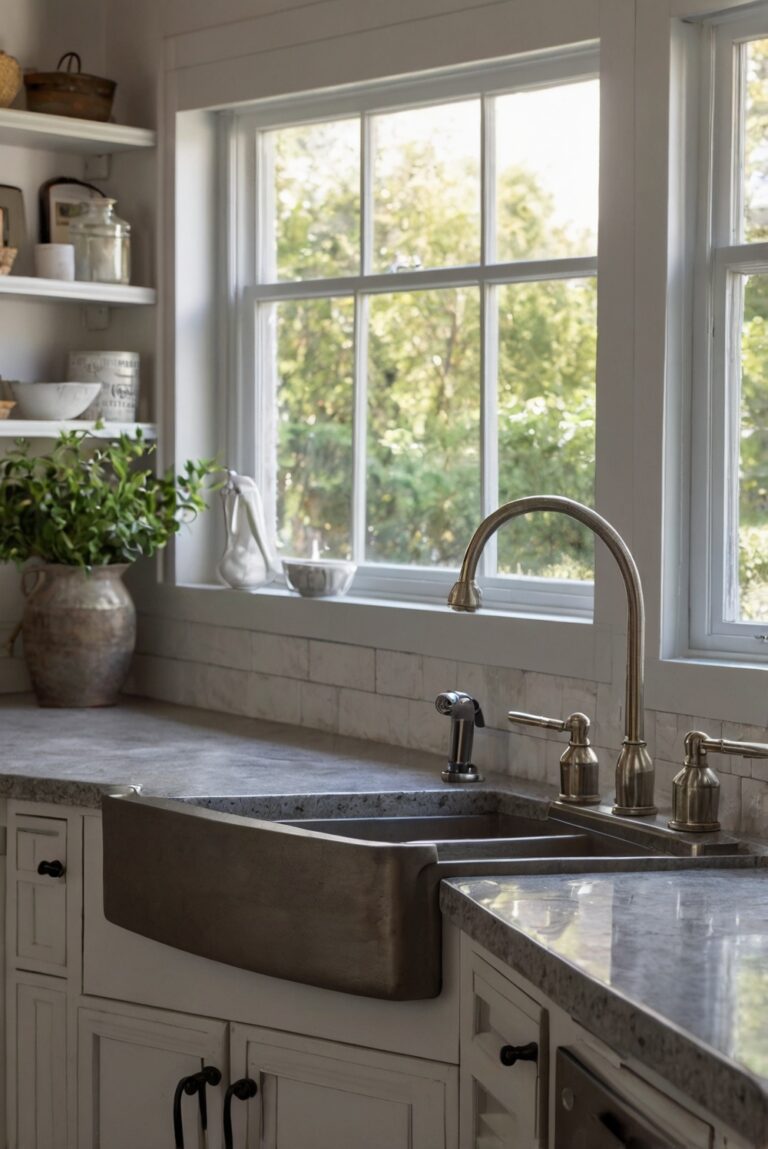Learn the art of installing a kitchen sink in a custom countertop like a pro. Upgrade your interior design game with this essential routine.
**How to Install a Kitchen Sink in a Custom Countertop?**
To install a kitchen sink in a custom countertop, first, measure and cut a hole for the sink. Make sure the sink fits snugly and securely in place. Next, apply a bead of silicone caulk around the edge of the sink to create a watertight seal. Attach the sink clips underneath the countertop to secure the sink in place. Finally, connect the plumbing to the sink.
Benefits of installing a sink in a custom countertop include a seamless and cohesive look, as well as the ability to customize the sink size and shape to suit your needs. Risks include improper fitting leading to leaks or damage to the countertop.
When installing a sink, it’s important to be organized with the tools and materials you need. Ensure that you have all necessary supplies before beginning the installation to avoid interruptions. Following detailed instructions and taking precise measurements can help prevent mistakes and ensure a successful installation.
County :
– kitchen
– living room
– bathroom
– bedroom
Measure the Sink Opening:
To start the installation process of a kitchen sink in a custom countertop, the first step is to measure the sink opening accurately. This is crucial to ensure that the sink fits perfectly and aligns with the countertop’s dimensions. Use a measuring tape to measure the length, width, and depth of the sink opening.
Choose the Right Sink:
Selecting the appropriate sink for your custom countertop is essential. Consider factors such as the sink material, size, style, and configuration that will complement your kitchen design. Stainless steel, composite, and porcelain are popular material choices for sinks.
Prepare the Custom Countertop:
Before installing the sink, make sure the custom countertop is clean and dry. Remove any debris or dust from the surface to ensure a smooth installation process. Additionally, double-check the measurements of the sink opening to avoid any errors during installation.
Apply Silicone Sealant:
To provide a watertight seal, apply a generous amount of silicone sealant around the edges of the sink opening. This will prevent water leakage and ensure a secure connection between the sink and the countertop.
Secure the Sink in Place:
Carefully lower the sink into the opening, ensuring it fits snugly and aligns properly with the countertop. Use clamps or brackets to secure the sink in place while the silicone sealant dries. Make sure the sink is level and centered within the opening.
In conclusion, installing a kitchen sink in a custom countertop requires precise measurements, the right sink selection, proper preparation of the countertop, application of silicone sealant, and secure placement of the sink. By following these steps carefully and paying attention to detail, you can successfully install a kitchen sink in a custom countertop that enhances the functionality and aesthetics of your kitchen. Remember to consult the manufacturer’s instructions for specific guidelines related to your sink model and countertop material.
1. **What tools do I need to install a kitchen sink in a custom countertop?**
To install a kitchen sink in a custom countertop, you will need a variety of tools including a drill with a hole saw attachment, a jigsaw, a tape measure, a level, adjustable wrench, plumber’s putty, silicone caulk, and screws. These tools will help you cut the hole for the sink, secure it in place, and ensure it is properly sealed.
2. **What are the steps involved in installing a kitchen sink in a custom countertop?**
The steps involved in installing a kitchen sink in a custom countertop include measuring and marking the sink location, cutting the hole for the sink, attaching the sink clips, applying plumber’s putty to the sink flange, placing the sink into the hole, securing it with clips or screws, connecting the drain and water supply lines, and sealing around the edges with silicone caulk.
3. **How do I choose the right size and type of kitchen sink for a custom countertop?**
When selecting a kitchen sink for a custom countertop, consider the size of the cabinet and the available space, the number of bowls you prefer, the material of the sink (stainless steel, composite, cast iron), and the mounting style (undermount, drop-in, flush mount). Ensure the sink fits comfortably within the dimensions of the countertop and complements the overall design of your kitchen.
4. **What are some common mistakes to avoid when installing a kitchen sink in a custom countertop?**
Common mistakes to avoid when installing a kitchen sink in a custom countertop include not measuring accurately, cutting the hole too big or too small, not properly securing the sink in place, overtightening the clips or screws, using the wrong type of caulk or putty, and not checking for leaks after installation. Following the manufacturer’s instructions and best practices can help prevent these errors.
5. **Do I need professional help to install a kitchen sink in a custom countertop?**
While installing a kitchen sink in a custom countertop can be a DIY project for those with basic plumbing and carpentry skills, it may be advisable to seek professional help if you are unsure about the process or lack the necessary tools and experience. Hiring a professional installer can ensure the job is done correctly and help you avoid costly mistakes or damage to your countertop.


